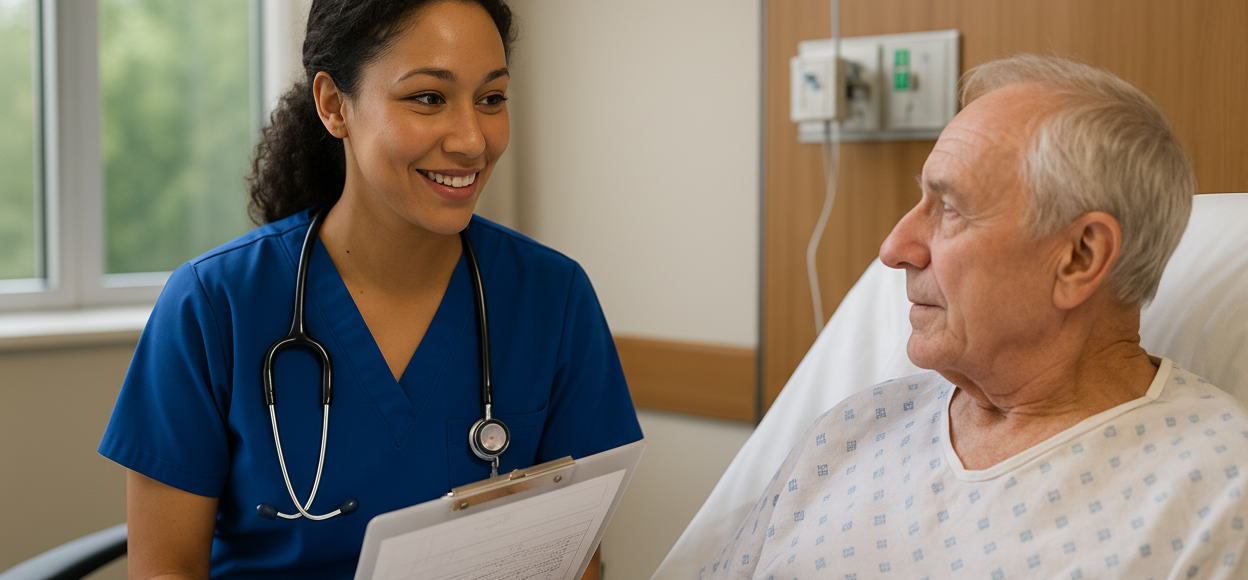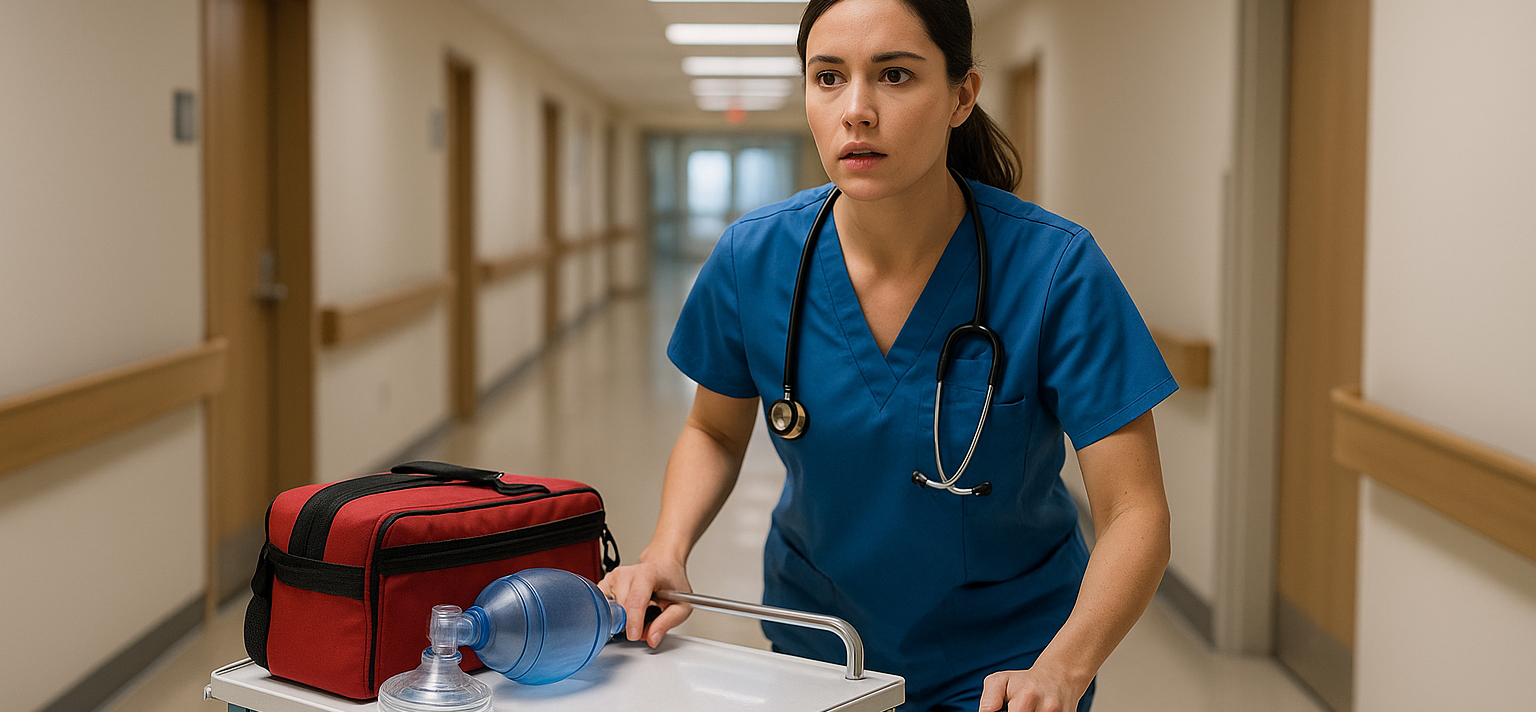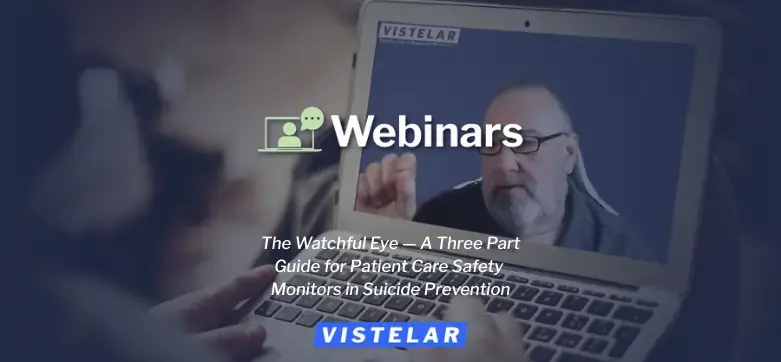This article is Part 1 of a three-part series on the importance of Patient Care Safety Monitors. Click here to read Part 2, or click here to read Part 3 .
In today's healthcare environment, the role of Patient Care Safety Monitors has become increasingly vital, especially in preventing suicide and ensuring the safety of emotionally distressed patients. These professionals are far more than passive observers; they are the first line of defense in identifying risk, engaging patients with empathy, and ensuring that critical warning signs do not go unnoticed. Their presence provides both physical security and emotional reassurance to patients navigating moments of crisis. In modern healthcare settings, they also play a critical part in behavioral health crisis intervention, healthcare conflict management, and patient aggression prevention.
The Mission of a Monitor
Patient Care Safety Monitors serve as the vigilant eyes and ears of the healthcare team. Their mission is to maintain continuous observation and intervene when necessary to prevent harm. Far from being passive, this role demands constant attentiveness, situational awareness, and trauma-informed communication. A Patient Care Safety Monitor must remain physically present, mentally alert, and emotionally steady—ready to respond with compassion and urgency. These skills also align with clinical de-escalation techniques and healthcare workplace violence prevention standards across hospitals and behavioral health units.
Observation Without Distraction
Maintaining uninterrupted focus is essential to the Patient Care Safety Monitor’s effectiveness. The use of phones, books, or engaging in unrelated conversations can lead to missed signs of distress or self-harm. The Joint Commission emphasizes that even short lapses in observation can have tragic consequences, highlighting the importance of distraction-free monitoring (NPSG.15.01.01). Maintaining focus also supports nurse safety training and ensures compliance with healthcare workplace violence solutions standards.
Recognizing Red Flags
Early detection of emotional or behavioral changes can prevent a suicide attempt. Patient Care Safety Monitors are trained to identify subtle and overt signs of suicidal ideation, including mumbling, pacing, sudden withdrawal, or patients giving away personal items. According to the National Institute of Mental Health, such behaviors must be reported immediately to the care team (NIMH, Warning Signs of Suicide). Vigilance in spotting these indicators can save lives and reinforces the importance of violence prevention programs for healthcare workers and de-escalation training for hospital staff.
Four Levels of Observation
Observation levels are tailored to match a patient's suicide risk and must be followed precisely:
- Routine Observation: Involves hourly safety checks. The Patient Care Safety Monitor may remain outside the room, reporting mood or behavior changes. For instance, at 11:00 AM, a patient begins pacing after lying quietly all morning—this change is reported immediately.
- Q15 Minute Observation: Requires a visual check every 15 minutes. The monitor documents mood, activity, and safety. A patient might be noted reading at 13:15 and lying quietly at 13:30.
- Line-of-Sight Observation: Demands continuous visual contact. Even when the patient uses the bathroom, the monitor must maintain a direct view of the door, ensuring safety.
- 1:1 Constant Observation: The Patient Care Safety Monitor must stay within arm’s reach at all times. This level is reserved for patients with active suicidal ideation or attempts. For example, during bathroom use, the monitor remains just outside the stall, maintaining verbal contact: “I’m right here. Are you okay?”
These levels are part of national protocols, such as those set by the U.S. Department of Veterans Affairs, which recommend clear guidelines to match observation level with clinical risk (VA Mental Health Environment of Care). Proper adherence to these observation levels ensures both patient safety and staff protection in emergency department conflict resolution scenarios.
Grounding in Trauma-Informed Principles
Patient Care Safety Monitors must operate within a trauma-informed framework. This includes:
- Safety First: Use relief signals when overwhelmed to maintain psychological and physical safety.
- Dignity and Respect: Address patients by name and avoid authoritative commands. Instead of “Sit down now,” say, “Would it be okay to sit together for your safety?”
- No Graphic Details: Avoid discussing other patients or trauma near the individual under observation.
- Wellness Checks: Monitor your own stress levels and ask for relief when needed.
These principles come from the SAMHSA Trauma-Informed Care Framework (SAMHSA, Trauma-Informed Approach) and are further reinforced by Vistelar NE-DE-CM System, which trains professionals in ethical, non-escalating conflict communication. Trauma-informed care is a cornerstone of healthcare conflict management and communication skills training for medical professionals.
A Culture of Prevention and Presence
The National Action Alliance for Suicide Prevention emphasizes that patient observation should never be silent surveillance—it should be paired with engagement and human connection (Action Alliance, Recommended Standard Care). This approach reframes the Patient Care Safety Monitor role from “watcher” to “protector and partner.” This active engagement reflects the best practices in de-escalation training for healthcare workers and violence prevention strategies in hospitals that foster patient trust and improve outcomes.
Conclusion
Patient Care Safety Monitors are essential caregivers whose attention to detail, trauma-informed presence, and timely reporting create a therapeutic safety net for vulnerable patients. As one quote from the handbook declares, “Observation is not passive. It is protection.” When supported with proper training, clear protocols, and wellness strategies, Patient Care Safety Monitors are empowered to not only prevent crises but also restore dignity and hope in moments of despair. Their vigilance is at the heart of healthcare workplace violence solutions, behavioral health crisis intervention, and trauma-informed communication that protects both patients and professionals.
This article is Part 1 of a three-part series on the importance of Patient Care Safety Monitors. Click here to read Part 2, or click here to read Part 3 .









